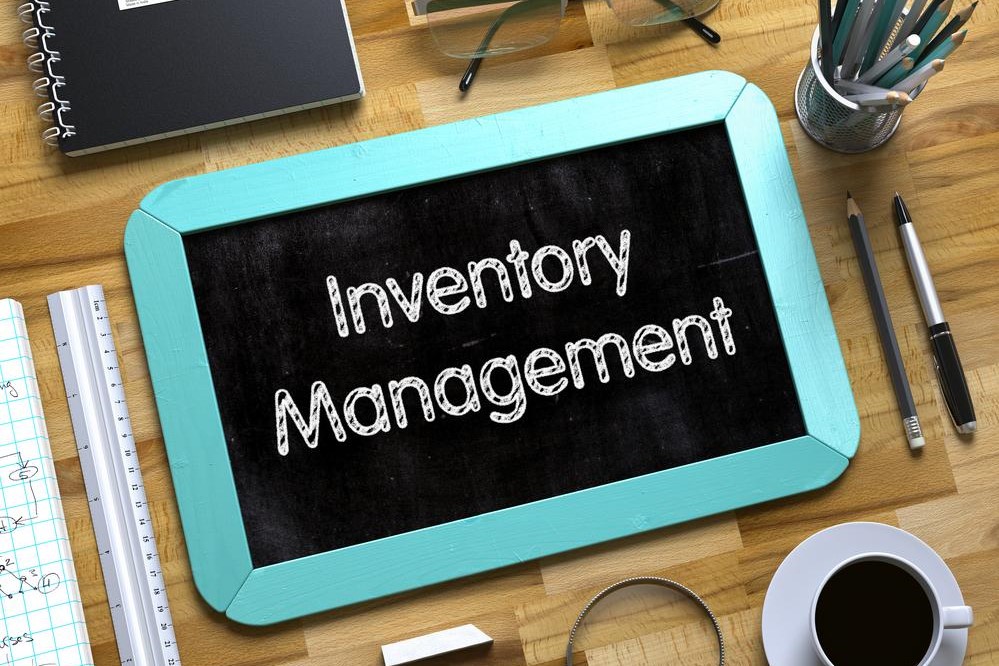Comprehensive Guide to Inventory Management Solutions
This comprehensive guide explores the essentials of inventory management software, highlighting features, challenges, and how to select the right system. Implementing effective inventory solutions boosts efficiency, reduces errors, and supports business growth. Tailor your choice based on your specific needs, product types, and future goals to optimize operations and maximize profitability.

Comprehensive Guide to Inventory Management Solutions
Effectively tracking your stock and inventory is crucial for minimizing losses and optimizing business performance. Accurate inventory management helps forecast sales, locate products quickly, and reorder stock before shortages occur. Utilizing an appropriate inventory management system tailored to your business needs is the best approach. This article explores the importance and advantages of inventory management tools.
An inventory management system integrates hardware, software, and procedures to oversee product stock, whether raw materials, supplies, or finished goods ready for shipment or sale.
It encompasses all aspects from manufacturing to retail, warehousing to distribution, covering every movement within the inventory process.
This visibility enables businesses to make informed decisions and optimize investments.
Managers often specialize in specific parts of the supply chain; smaller companies tend to focus on ordering and sales processes.
The scope of inventory management systems leads to varying costs depending on features and size.
Key Features of Inventory Management Software
Software options differ but typically include essential functionalities aligned with business needs and budgets.
Barcode scanning
Advanced reporting capabilities
Forecasting tools
Real-time inventory alerts
Integrated accounting features
Common Challenges with Inventory Management Systems
When correctly implemented, these systems boost efficiency and productivity. However, challenges often arise from outdated practices like manual recording or inconsistent procedures. Main issues include:
Aligning demand planning with stock management
Training staff on new software
Transitioning from manual documentation to digital systems
Standardizing data across platforms
Selecting modules suited to business requirements
Enhancing Efficiency with Inventory Management
A reliable system reduces human errors by replacing manual tasks with barcode technology and software, leading to fewer mistakes such as excess stock, stockouts, inaccurate records, wasted time, and inefficient storage layouts.
Minimizes slow-moving inventory items
Prevents stock shortages and supply delays
Improves accuracy of inventory counts
Saves time locating items
Optimizes warehouse organization for better flow and reduced costs
Choosing the Ideal Inventory Management Solution
Evaluate your business specifics and needs
Consider the types of products you handle
Account for your order volume
Review the sales channels involved
Decide between simple or complex systems
Future growth plans should influence your choice
Set a budget that aligns with your aims
Check if the software categorizes orders by status or payment
Determine your reporting requirements










